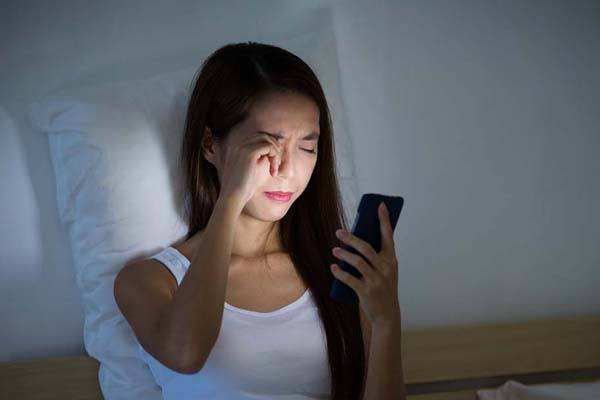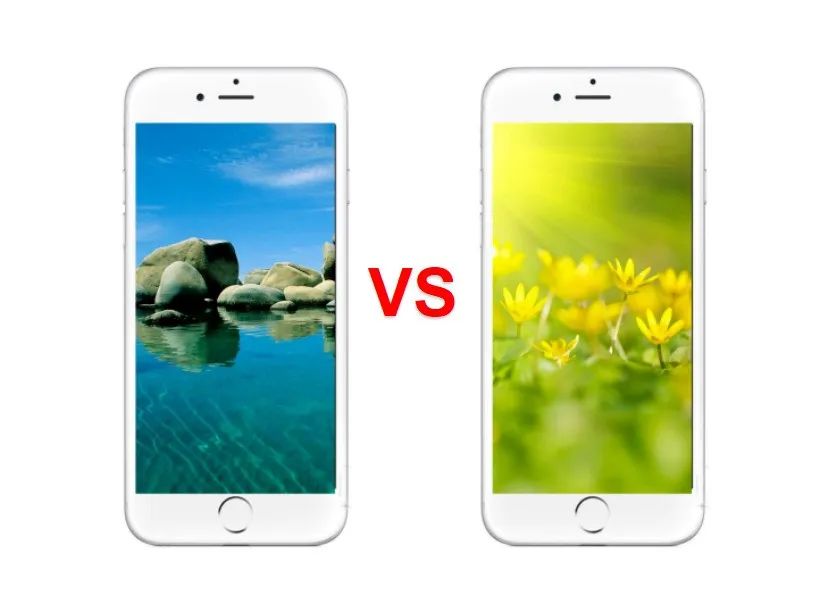Mobile phone brightness, screen in the end how to set to be more eye protection?
The brightness of the phone screen is too bright or too dark is bad for the eyes.
The stimulation of the eyes is relatively large, and the pupil is tense and constricted, causing eye fatigue. In addition, continuous stimulation will also destroy the tear film layer, causing the eyes to sting, tearing, photophobia, causing dry eye problems.
The constant exposure of too bright blue light to the eye can also cause damage to the light-sensitive cells in the retina, inducing retinal diseases, such as common cataracts and macular degeneration.
Too dark can also cause damage to the eyes, low light will lead to pupil dilation, when looking for the target object will cause eye fatigue due to over-regulation; Low light does not stimulate the photoreceptor cells enough, and it also makes it harder to see, which ultimately deepens myopia.
First, how much is the brightness of the mobile phone adjusted to the most comfortable for the eyes? Picture picture
Want to adjust to the most comfortable brightness for the eyes, its wallpaper setting is also the picture "hidden mystery" picture
What is the best way to set it? We know that the light is mainly received by the eye's light-sensitive cells, one of the light-sensitive cells, the number of cones that perceive green, red and blue is 40:20:1. The number of blue cones is one-twentieth of the number of red cones, and even fewer than the number of green cones, only one-fortieth the number of green cones. The number of cones that perceive blue, or short-wave colors, is minimal, and this ratio of cones makes the human eye extremely insensitive to blue, or purple, which has a shorter wavelength than blue.
If you set the wallpaper of the phone to blue, because the human eye is not sensitive to blue, it will cause even if you turn the brightness to the brightest, the eyes still feel comfortable screen, do not feel dazzling, so do not turn down the brightness, but the brightest screen has actually caused damage to the eyes. Therefore, the mobile phone wallpaper is blue, which may prevent us from adjusting to the most comfortable brightness for the eyes.
Combined with the distribution of cones, when we adjust the brightness of the phone, we should set the wallpaper to green. Relying on the high sensitivity of the human eye to green, improve the accuracy of the eye's comfort feeling, so as to adjust to the best brightness for the eye. Green wallpaper also helps us to actively adjust the brightness, when the brightness is too bright, the eyes can immediately feel and reduce the brightness.
In addition, when adjusting the brightness of the mobile phone, we also need to adjust the brightness of the surrounding environment, the difference between the two can not be too large, or it will lead to eye fatigue, which is not good for the eyes. The difference between the brightness of the mobile phone screen and the brightness of the background environment should be as small as possible, so that the light entering the eye will be uniform in brightness and will not harm our eyes.
Second, how to set the picture to be better for the eyes? Picture picture
The Department of Ophthalmic Neurobiology of the Institute of Ophthalmology of the University of Tubingen in Germany has made a significant discovery in recent years: black letters on a white background will stimulate the OFF pathway in visual signal transmission to thin the choroid, resulting in the growth of the eye axis leading to myopia; ON the other hand, white characters on black background can stimulate the ON pathway and thicken the choroid, thus shortening the eye axis and inhibiting the development of myopia. On this basis, through the appropriate text size setting, the effect of choroidal thickening independent of the diopter number can be obtained, which can promote the shortening of the eye axis. Not only that, but it's also a sign that the overall health of the eye is optimized.


